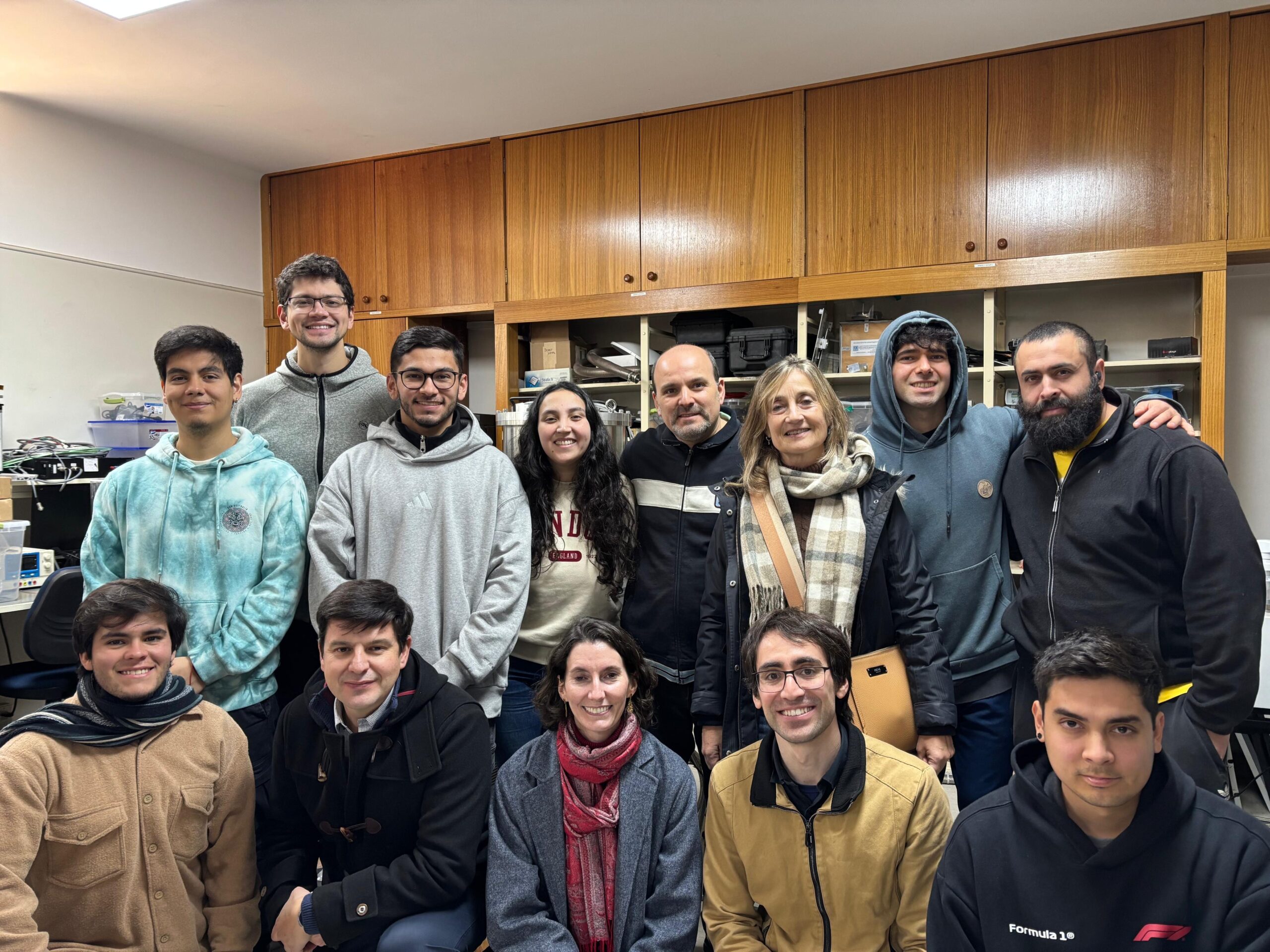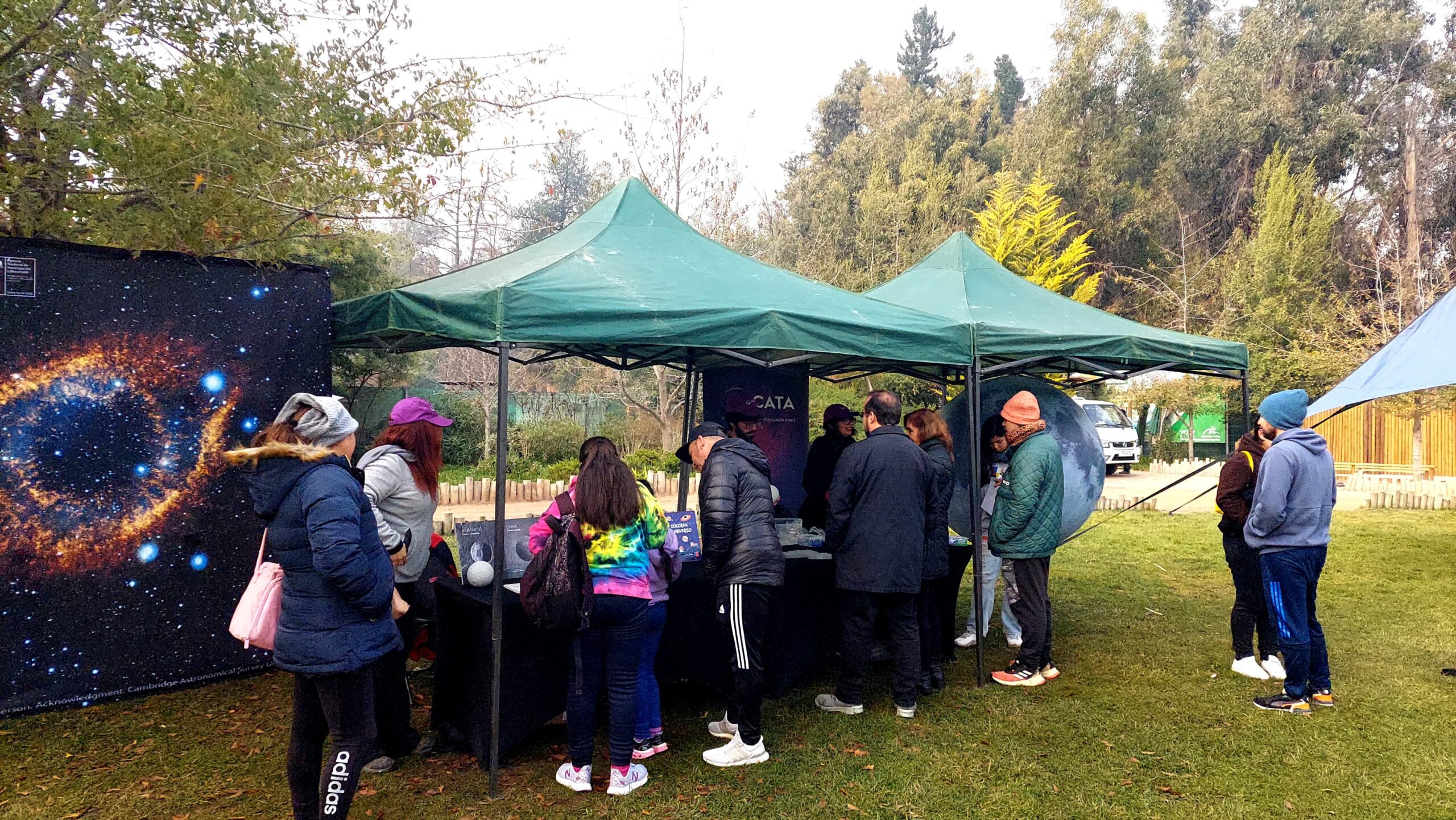
Massive stars may not be as “giant” as previously thought
Research on the core of the Tarantula Nebula or 30 Doradus nebula appeared in the latest edition of the Astrophysical Journal.
What was previously believed to be a massive star located in the center of the Tarantula Nebula, also known as 30 Doradus, is actually a cluster of stars, as discovered by recent research analyzing the star R136. R136 is one of the stars forming the Large Magellanic Cloud, a region that harbors the most massive stars ever found. These stars’ brightness is so intense that they can be viewed with the naked eye.
The research, published in the latest edition of the Astrophysical Journal, involved Dr. Mónica Rubio, winner of the 2021 National Exact Sciences Award and astronomer at the University of Chile who is part of the Center for Astrophysics and Related Technologies, CATA. “The highest mass stars are not as massive as we thought,” explains Rubio, regarding the new study, which could make us rethink the models of star formation and its final stages.
Dr. Rubio adds that getting these results required more than a year of research using the Gemini South Telescope, located in Cerro Pachón in the Coquimbo Region, in which Chile participates through the observation time for national astronomers administered by the National Agency for Research and Development, ANID. “It was the large 8.1m mirror and the instrument called “Zorro” that allowed us to take the sharpest optical images that can be taken from the ground today, revealing that where we thought there was only one star, there are actually several.
Rubio also explains that the next step will be to continue with this research and determine the properties of these stars, since they are not as massive as previously thought, “it could imply that perhaps the first stars in the universe were not as massive as the models require”, says the astronomer. “This can be elucidated with future observations only possible with the James Webb Telescope,” she adds.
Also participating in this work were Venu Kalari, who is the lead author of the paper, and Ricardo Salinas, an astronomer at the Gemini South observatory in the Coquimbo Region, in addition to the collaboration of Chilean engineers from the observatory, together with a team from NASA. The results were published under the title “Resolving the core of R136 in the optical”, published in the latest edition of the Astrophysical Journal.
Recent news
-
 Publicado el: 18/07/2025New program between CATA and Media UC to explore the mysteries of the Universe with great guests
Publicado el: 18/07/2025New program between CATA and Media UC to explore the mysteries of the Universe with great guests -
 Publicado el: 09/07/2025Patricia Tissera is recognized as full professor by the Pontificia Universidad Católica de Chile
Publicado el: 09/07/2025Patricia Tissera is recognized as full professor by the Pontificia Universidad Católica de Chile -
 Publicado el: 04/07/2025CATA researchers among the best in Chile according to international ranking Research.com
Publicado el: 04/07/2025CATA researchers among the best in Chile according to international ranking Research.com -
 Publicado el: 30/06/2025CATA Director strengthens ties in her second institutional tour
Publicado el: 30/06/2025CATA Director strengthens ties in her second institutional tour -
 Publicado el: 30/06/2025CATA celebrated Asteroid Day 2025 at the Pueblito de Las Vizcachas Park
Publicado el: 30/06/2025CATA celebrated Asteroid Day 2025 at the Pueblito de Las Vizcachas Park
Categories list
- Acknowledgments 20
- Astrobiology 5
- AstroCluster 1
- Black holes 13
- Corporativo 50
- Cosmology 4
- Descubrimientos 19
- Disclosure 47
- Exoplanets 13
- Extension 4
- Galaxies 17
- Galaxies formation 2
- Inter y Transdisciplina 2
- Local Universe 13
- Publications 5
- Sin categorizar 31
- Solar System 11
- Stellar formation 6
- Technology 9
- Technology Transfer 12


